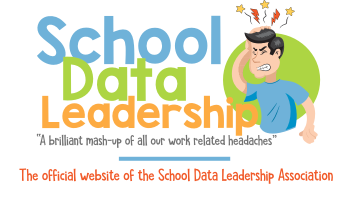Collaborate with the district to monitor and maintain student services (e.g., food, transportation) that contribute to student learning, health and welfare.
-
Establishing Monitoring Systems: Educational leaders should collaborate with district administrators to develop and implement effective monitoring systems for student services such as food and transportation. Using software solutions like Titan School Solutions can help manage and track food service operations, while tools like Transfinder or Versatrans provide robust solutions for managing transportation logistics and safety.
- Resource: Titan School Solutions
- Resource: Transfinder School Bus Routing Software
-
Data Analysis for Service Improvement: Leaders can use data analytics tools to assess the efficiency and effectiveness of services provided. Tools like Tableau or Microsoft Power BI can analyze usage patterns, student satisfaction, and operational efficiency to inform decisions and improve services.
- Resource: Tableau
- Resource: Microsoft Power BI
-
Community and Stakeholder Engagement: Engaging stakeholders—students, parents, staff, and community members—is crucial in evaluating and enhancing student services. Platforms such as ThoughtExchange or Engage by Cell facilitate real-time feedback and dynamic engagement with stakeholders, providing insights into community needs and perceptions.
- Resource: ThoughtExchange
- Resource: Engage by Cell
-
Health and Welfare Services: For services that directly affect student health, such as school meal programs, leaders should ensure compliance with nutritional standards and health regulations. Tools like Nutrislice can help manage menu planning, nutritional analysis, and compliance with dietary guidelines.
- Resource: Nutrislice School Menu Management
- Resource: Nutrislice School Menu Management
-
Regular Reporting and Review Meetings: Setting up regular reporting systems and review meetings with the district can help keep all parties informed about the status and quality of services. Utilizing collaborative tools such as Slack or Microsoft Teams can enhance communication between school leaders and district administrators.
- Resource: Microsoft Teams
- Resource: Slack
-
Professional Development: Training staff on the latest best practices in service areas like food and transportation can lead to improvements in efficiency and safety. Professional development platforms such as PD Online or EdWeb provide courses and webinars tailored to the needs of educational service professionals.
- Resource: PD Online by ASCD
- Resource: EdWeb Webinars
-
Emergency Response and Contingency Planning: Leaders should collaborate to create and regularly update contingency plans for student services. This includes planning for emergencies that may disrupt food service or transportation, ensuring that all students’ needs are met even in crisis situations.
By collaboratively monitoring and maintaining student services, educational leaders and district administrators can ensure that these critical services contribute effectively to student learning, health, and welfare. These steps, aided by strategic use of technology and community engagement, help create a supportive environment conducive to student success.
